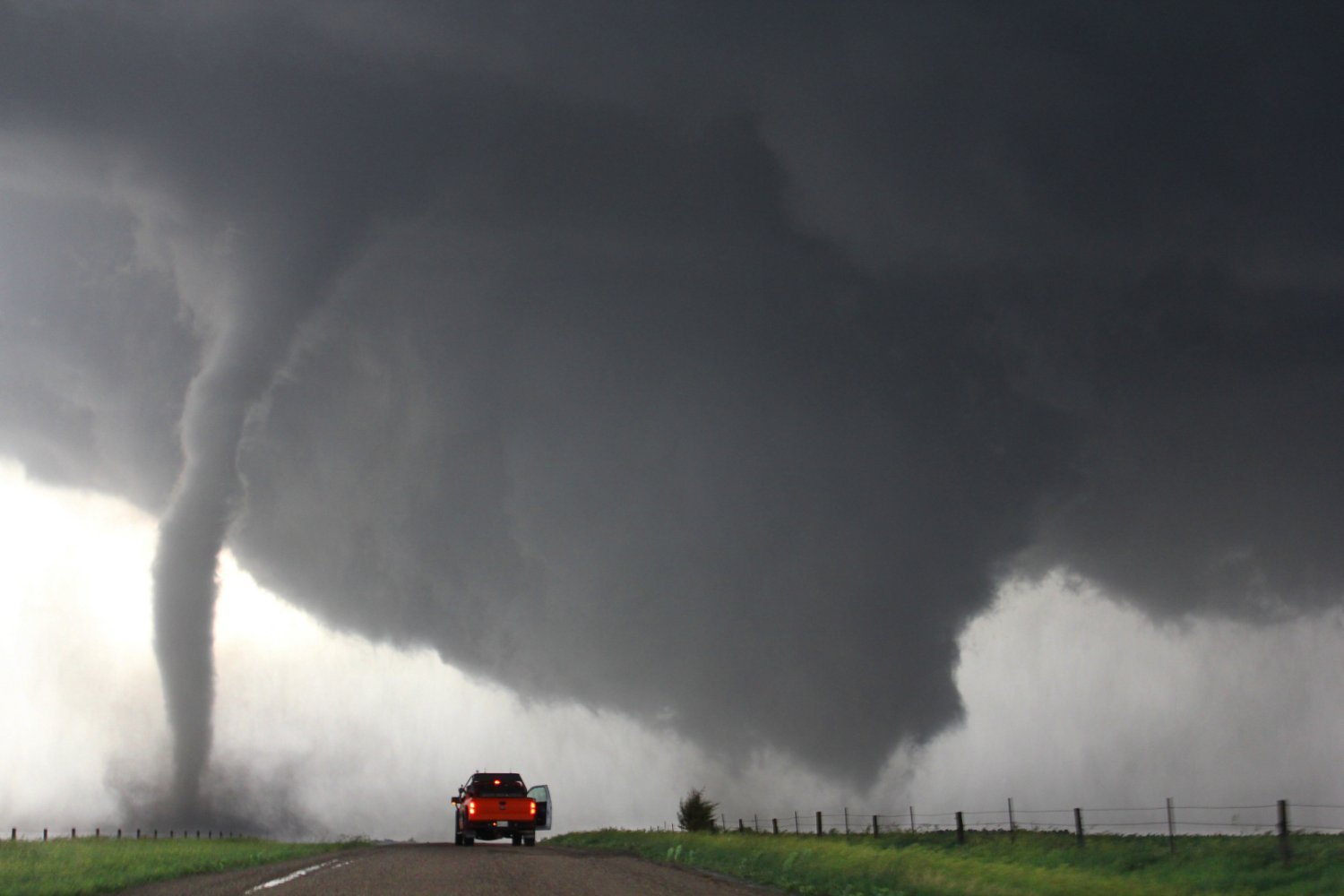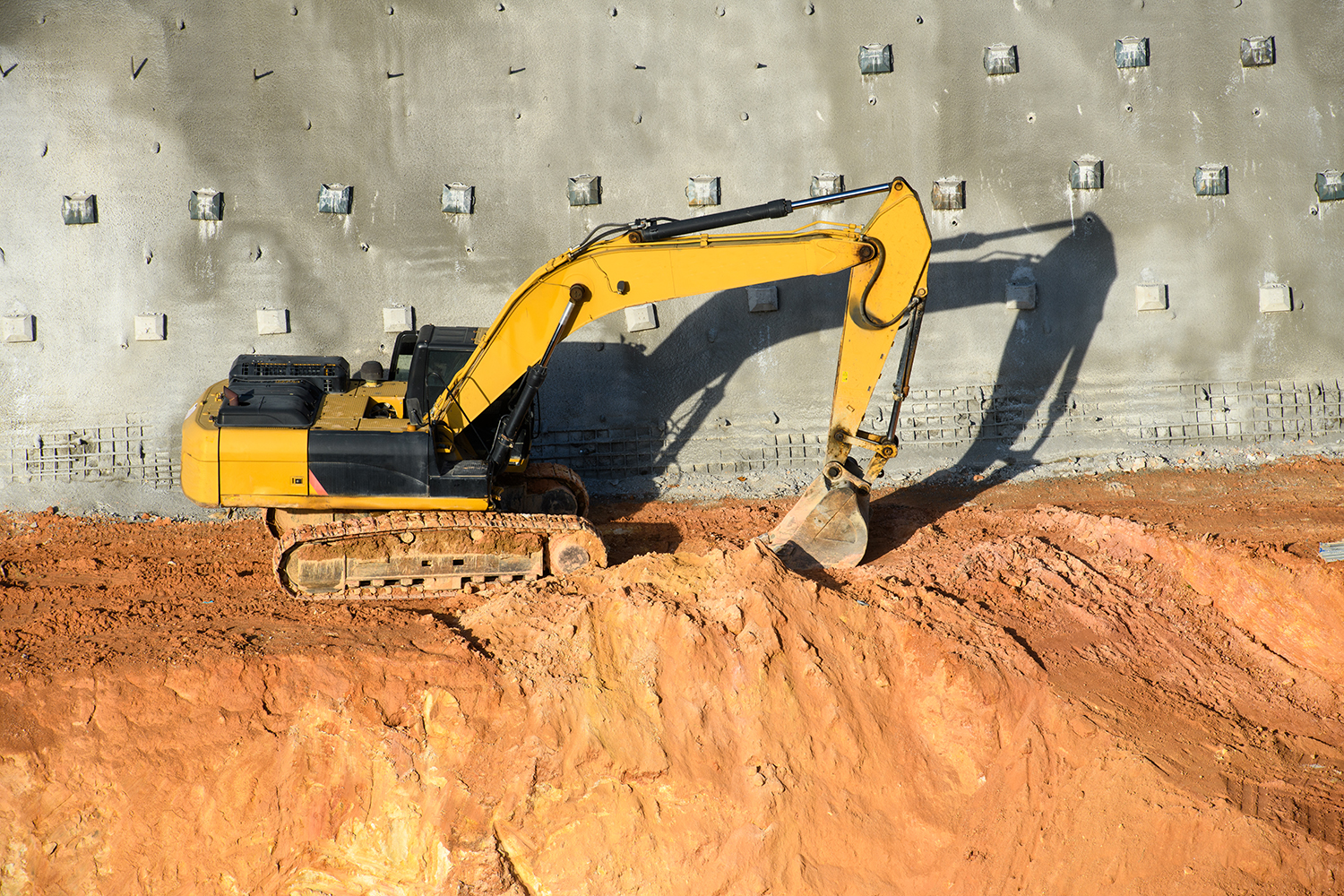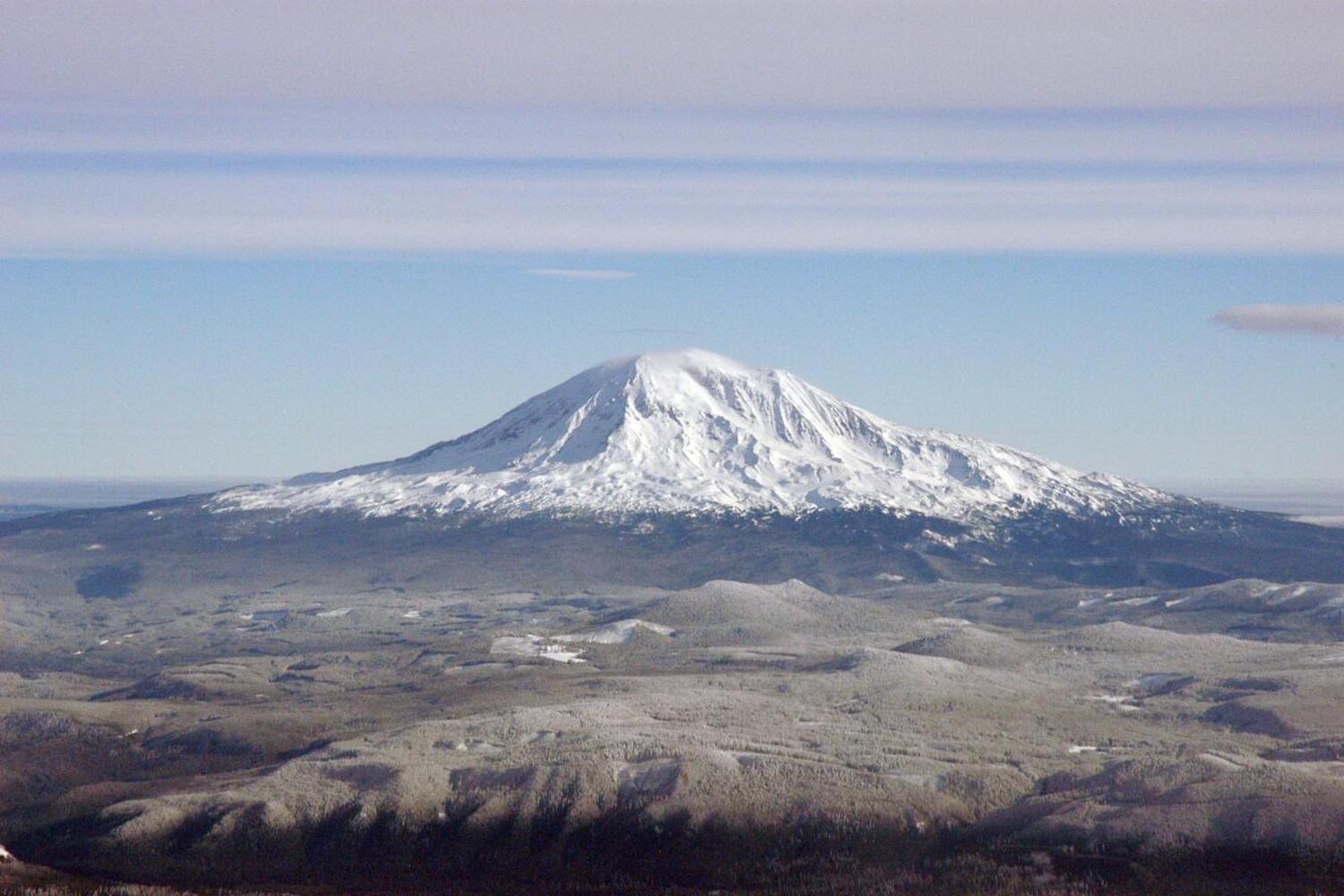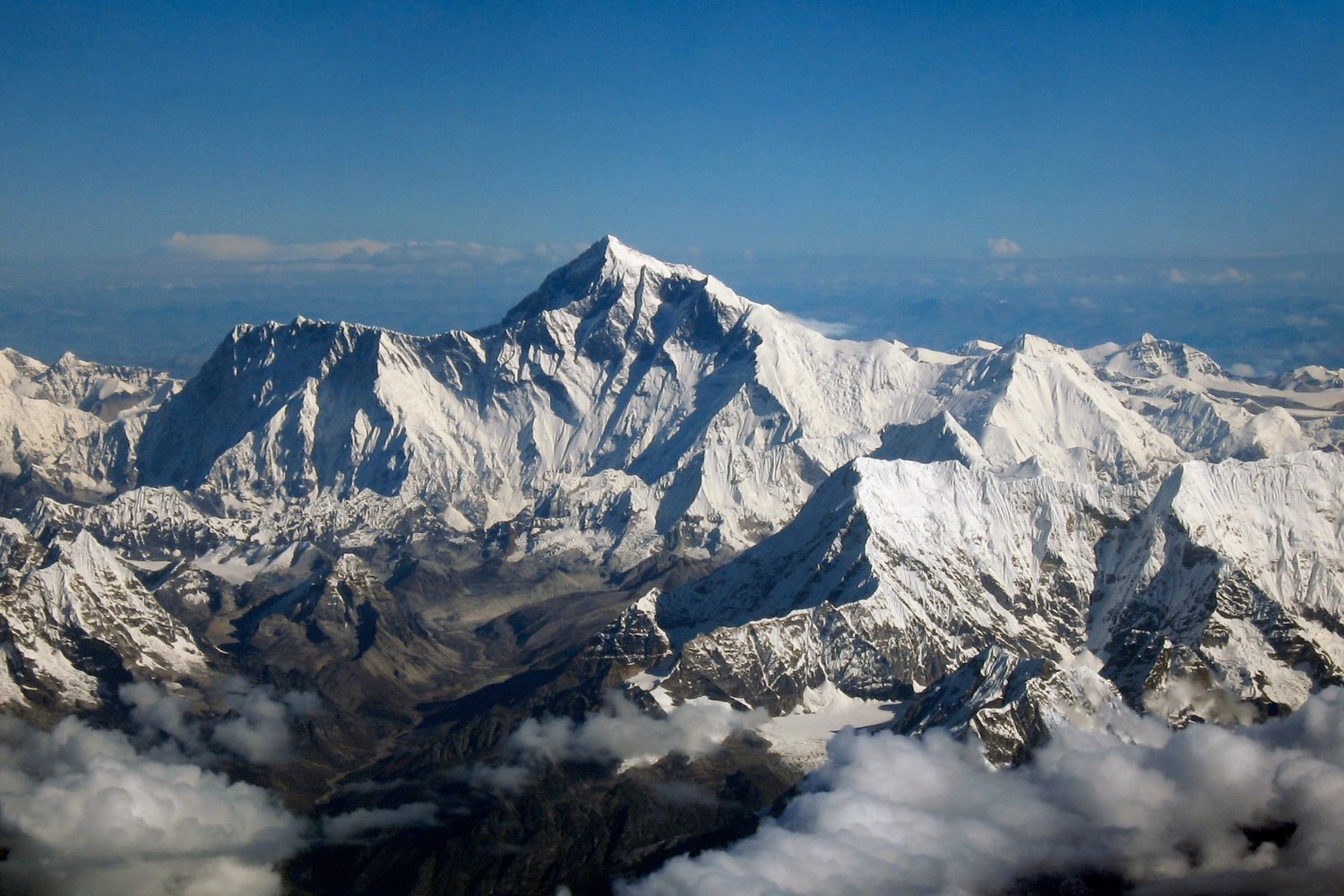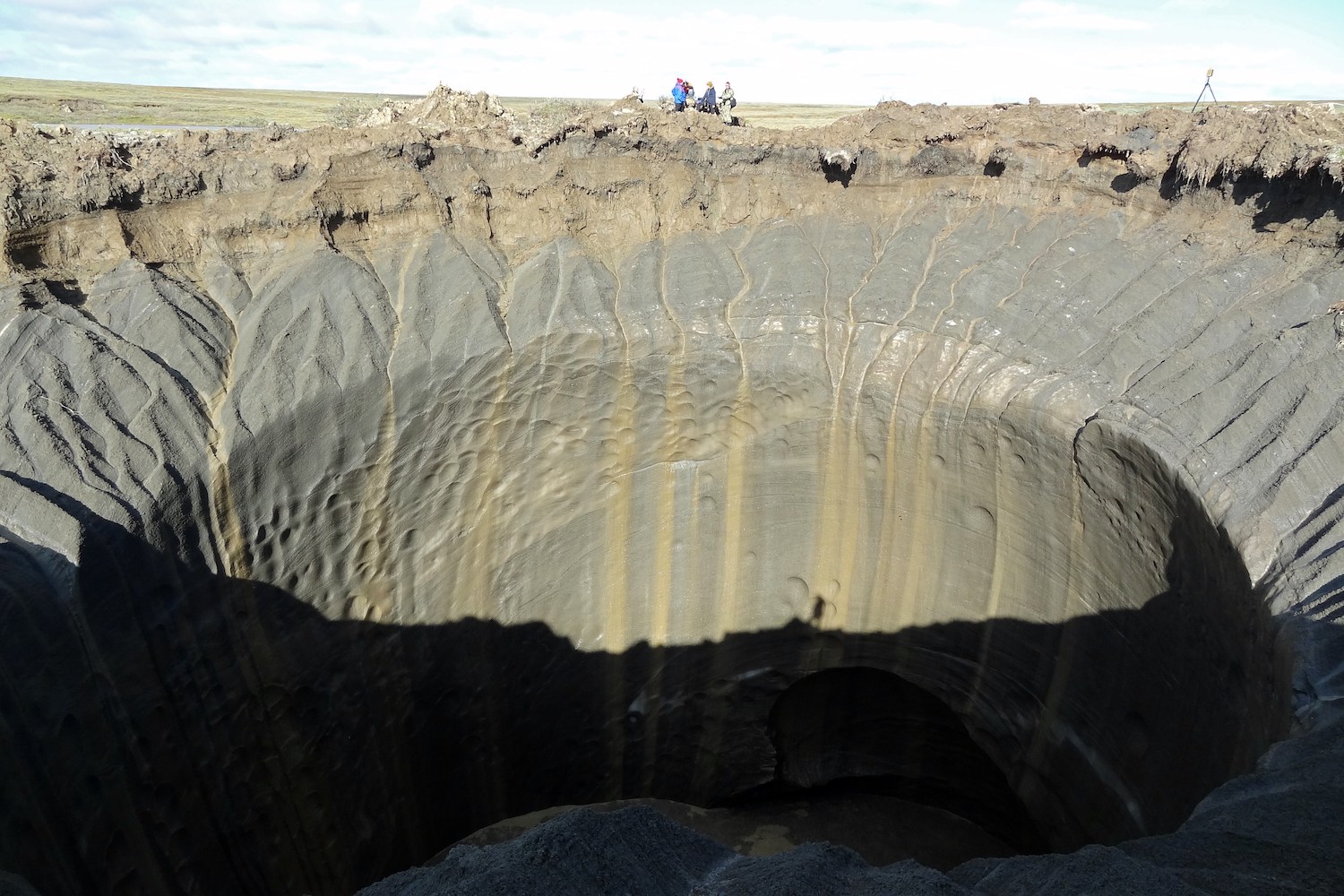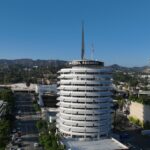Four and a half billion years ago, some dust from a cloud orbiting around a star coalesced into a rocky planet. But unlike most of the dusty balls in our solar system, this one was special—it was just the right distance away from the star that one day after the surface had cooled, water could exist as a liquid, rather than a solid or gas. The planet’s surface eventually fractured into plates that shifted around, becoming continents. All that shifting has rubbed away the details of that ancient Earth. Was the era as hellish as its name, “Hadean” implies, or was Earth always a water-rich orb with moving plates?
Scientists have found a new portal into this turbulent time that could lead to answers.
A pair of researchers looked at some rocks found in the very old Canadian Shield, a vast region of exposed rock in northwestern Quebec. The samples they looked at weren’t so interesting—they were 2.7 billion years old, and we’ve discovered rocks more than a billion years older. However, the metals within them contained a special signature, one that implies a specific kind of crust very shortly after the Earth formed, which was possibly more Martian than Earth-like. The researchers published their results in the journal Science today
“What the rocks have is a signature of something very old,” Jonathan O’Neil, assistant professor at the University of Ottawa in Canada, told Gizmodo. “For the first time we can pinpoint their source rock, and how the core of the Canadian Shield was produced.” The Canadian Shield is just really old crust without any dirt on top that’s experienced billions of years worth of erosion and mountain building, according to Encyclopedia Britannica.
The scientists specifically analyzed two natural clocks: The quantity of two isotopes (flavors of an atom which differ in the number of neutrons in their nuclei) each of two heavy elements, samarium and neodymium, in their rocks. The first samarium isotope decays into the first neodymium isotope very quickly, so the presence of this so-called neodymium-142 gives us detail about the rocks’ early history. The second samarium isotope decays into neodymium-143 much more slowly. The isotope ratios in this second pair give detail about the time that’s passed since the neodymium-142 clock stopped ticking.
O’Neil and his colleagues used these signatures to determine whether their Canadian shield rocks originated from a “felsic” source, a granite-type rock typical of crust found on land, or a “mafic” source, a more basalt-like rock found in the crust of the seafloor. It turns out, the rocks found by O’Neil’s team carried a signature indicating they had been formed from a mafic source around four billion years ago, and then were recycled before finishing up as part of the Canadian Shield. That means a piece of very ancient ocean floor-like crust sat around for over a billion years before being turned into land-like crust. That doesn’t imply that the ancient earth had oceans, since the other planets have mafic crusts but no oceans. Instead, if the Earth started out with mainly mafic oceanic crust, it begs the question of why we have so much felsic continental crust today, said Ming Tang, geochemist at Rice University.
“The origin of Earth’s unique continents has been one of the central problems in our business,” said Tang. “The more we study the continental crust, the more fascinated we became with it.”
If all this sounds esoteric, here’s a simpler explanation: We have virtually no idea what the Earth looked like billions of years ago, because there are a very few four billion year old rocks to help us out (though there have been a few found in Australia). Now, scientists have figured out a way to read younger rocks to glimpse the distant past. “This study gives us another window into that period of Earth’s history for which we don’t have a rock record,” Roberta Rudnick, professor in the department of earth science at the University of California, Santa Barbara, told Gizmodo.
So what does this new window tell us about the ancient Earth? Generally, folks think Hadean Earth might have been a hellish world that looked a lot like our rocky neighbor planets Mars or Venus, which have mafic crusts with no plate tectonics. O’Neil’s study adds evidence to that idea, and suggests that later on in Earth’s history the planet could have developed granites, the felsic crusts, most likely as a result of emerging plate tectonics, maybe around 3 or so billion years ago. But others disagree, and think that plate tectonics emerged much earlier on Earth, thanks to the presence of water.
Scientists can’t really say anything definitive with just a few traces of 4 billion year old rocks, though. All they know is that there are these new 2.7 billion year old rocks that must been produced after some ocean floor-like crust had sat around for a billion years, melted in the mantle, and re-solidified on the surface. They also know that planets without tectonic plates seem to have mostly ocean floor-like crusts. “We’re extremely sample-biased the further back in time we go” Jesse Reimink, Carnegie Institute postdoctoral associate who was not involved with the study (but is currently working on another project alongside the paper’s second author) told Gizmodo. “But we have to make the most out of what we have.”
And even if we can’t say whether the Hadean Earth was truly hell or a waterworld with tectonic plates similar to our own, there are some conclusions these measurements do lead to. Again, we know O’Neil’s rocks sat around in some ocean floor-like crust for a long time before being melted down and re-deposited on the Canadian Shield, which still tells us something about how rocks were being recycled on the ancient Earth. It’s a bit like finding a single dinosaur fossil. We can’t say something about every dinosaur, but can still say that crazy creatures like this must have existed on Earth.
What O’Neil has ultimately presented is a method to analyze ancient rocks that will help us better understand the early Earth, a method folks are excited to try elsewhere. “You take this one location and they’ve worked out a good process for how it might form,” said Reimink. “Now we have to go to other places. Is it’s the same process or something different? This paper is a nice sort of test case that we can use as a testable model for other places.”
[Science]

